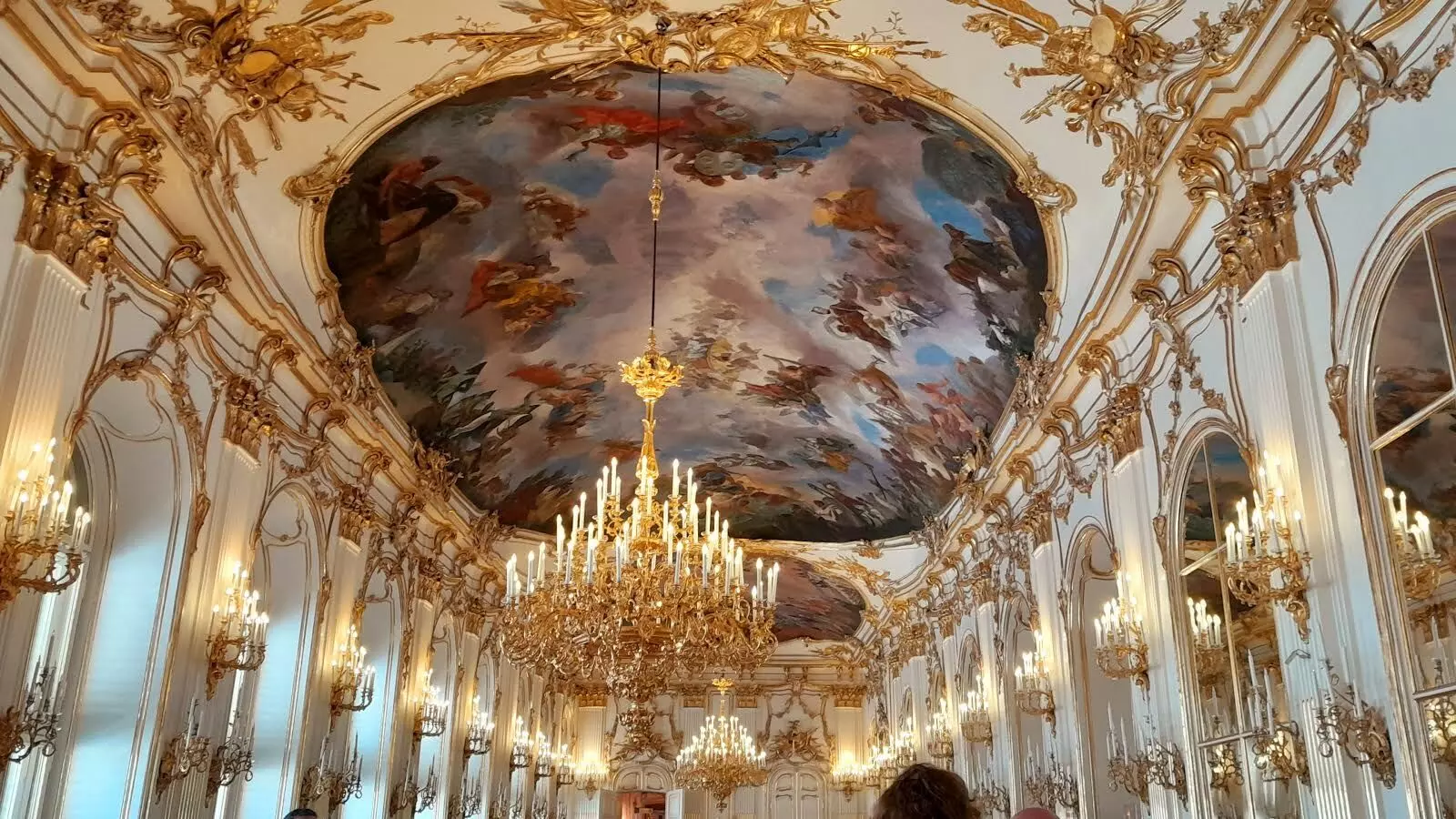Exploring Vienna: A tourist’s guide to Austria’s historic vibrant capital
The Hofburg Imperial Palace (Hofburg Wien) is now a lasting tribute to the glory of the Habsburg Empire
By Beyniaz Edulji
Hyderabad: Vienna with its rich history, gorgeous architecture and music culture had been on my bucket list forever. Visiting this vibrant capital city in Austria made me wonder why I had not planned this trip earlier.
Schönbrunn Palace
The first place we visited was this summer palace. It was built to rival the opulence of Versailles. Vienna’s Schönbrunn Palace (Schloss Schönbrunn) was once a summer residence of the Habsburg monarchs.
Today, this baroque palace is listed as a UNESCO World Heritage Site and is one of the most important architectural, cultural and historic monuments in Austria. The magnificent furniture, artistic paintings, antique clocks and sparkling chandeliers inside were a treat to behold. The landscaped gardens and statues outside, the heady scent of an abundance of roses, beautiful fountains and horse buggies to take one around the palace grounds and gardens outside all competed with each other to draw tourists.
Hofburg Imperial Palace
This very impressive palace was the winter residence of the Austrian royal family. The Hofburg Imperial Palace (Hofburg Wien) is now a lasting tribute to the glory of the Habsburg Empire.
It is one of Vienna’s most magnificent baroque palaces, located within Vienna’s UNESCO-listed historic centre. Visitors can explore the Imperial Apartments, visit the Sisi Museum and the Silver Collection, or watch a performance at the world-famous Spanish Riding School. A short walk away was the city’s Roman ruins, preserved for posterity.
St Stephen’s Cathedral
With its dark Gothic spires, intricately tiled roof, and imposing bell tower, St Stephen’s Cathedral (Stephansdom) is one of Vienna’s star attractions.
Centrally located on Stephansplatz Square in the city’s UNESCO-listed historic centre, the cathedral is architecturally stunning both inside and out. It is also a site of great historical significance as Emperor Friedrich III and numerous other Habsburg dignitaries were buried here.
Saint Stephen’s was established in 1147; only the west façade remains of the late Romanesque edifice that got burned in 1258. A Gothic nave was built from 1304 to 1450, with a Gothic tower and spire on the south transept completed in 1433. To add to the grandeur inside is the tall spire and tiled roof outside in a coloured zigzag pattern.
The Town Square
The Town Square has quaint cobbled streets, shops selling chocolates, designer shops selling bags and plenty of cafes and restaurants.
The very impressive Parliament Building Covers 145,300 square feet and has an exquisite Athena Fountain Monument at its entrance. Each sculpted and gilded figure in the monument is a masterpiece by itself.
Café Culture
The Viennese love their coffee. This vibrant cafe culture goes back to 1683 when the Ottoman Empire was trying to capture the city of Vienna. The Holy Roman Empire, fought by the Habsburg Monarchy’s army, defeated the Ottomans and found bags of coffee beans in the ashes of the battle as the Ottomans retreated.
Once paired with milk and sugar, cafes popped up overnight around the city, and the Viennese have been happily sipping their coffee ever since. There are several Viennese coffee specialities, some made with milk foam, others with cream. Viennese Food is delicious.
Things to try in Vienna are weiner schnitzel, pommes frites and Sacher tortes, cakes and pastries.
Music
Vienna is known as the city of music. Mozart, Mahler and Haydn were Austrian. Composers Beethoven and Brahms came to Vienna from other parts of Europe. There are concerts held in Opera Houses, Palaces and even Churches. Tickets have to be bought well in advance.